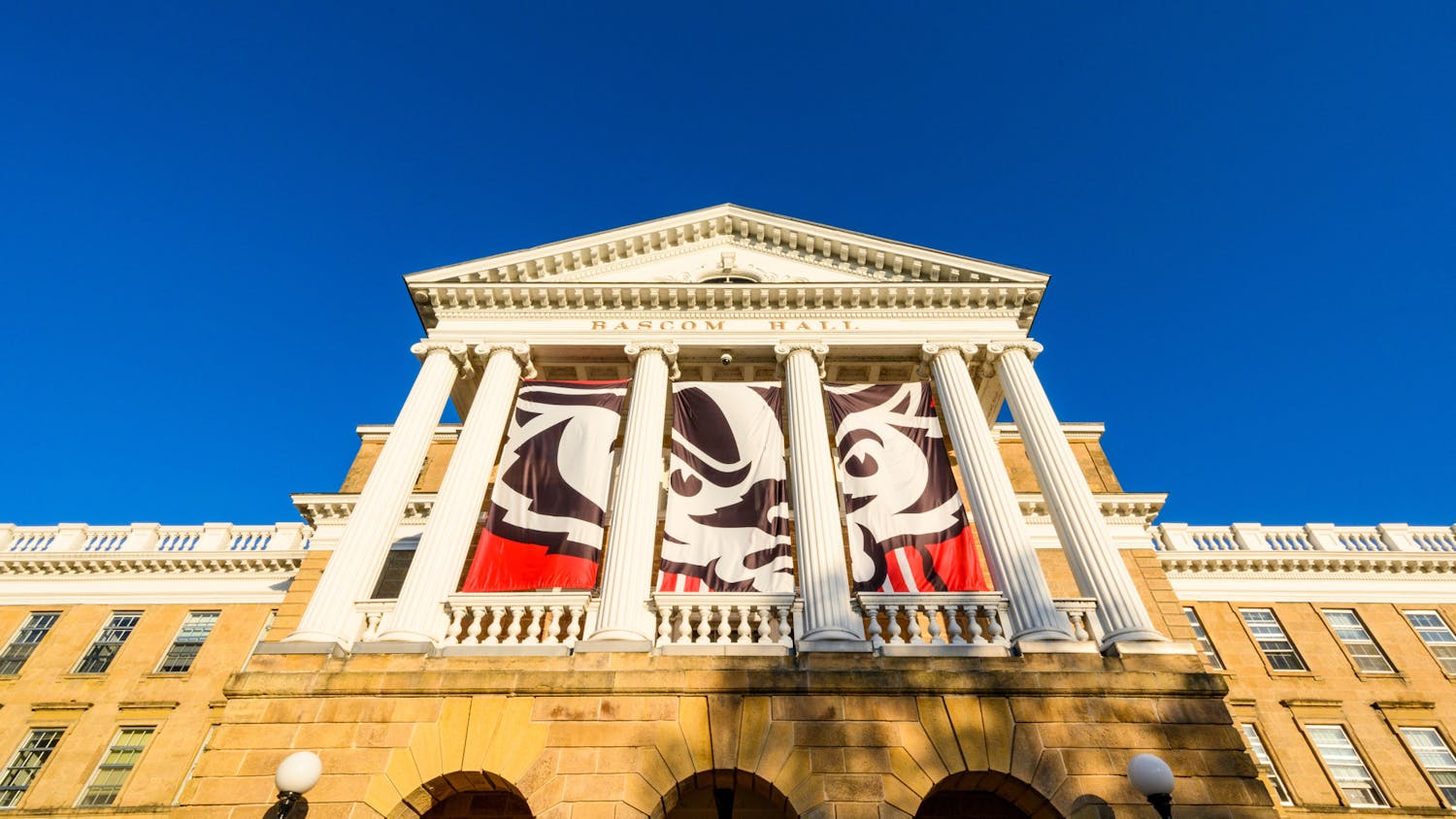In late July, President Trump along with Gov. Scott Walker and Speaker of the House Paul Ryan announced the Taiwanese electronics manufacturer Foxconn’s plan to build a flat-panel display screen factory in southeastern Wisconsin. The President boasted that the company would bring a potential 13,000 jobs to the area and it was a sign that the world once again believed in American manufacturing. While a $10 billion investment from the world’s tenth-largest employer makes a nice headline, a further reading of the deal reveals that it is not as good as it seems.
Foxconn is the world’s largest contract electronics manufacturer. It makes everything from iPods to Kindles to LCD screens, which would be built at the proposed plant somewhere in Racine or Kenosha County. In return for building the 1.56 square mile manufacturing plant, the Walker administration agreed to pay the company $2.85 billion over the next fifteen years as well as $150 million in tax breaks for construction costs. Foxconn will initially hire 3,000 employees, but may hire as many as 13,000 in the next 10 years.
According to an analysis of the deal by the nonpartisan Legislative Fiscal Bureau, the state will not break even on its investment until 2043, ten years after it has stopped giving tax breaks to the company, which by then may be long gone.
Although the Foxconn plant will bring new jobs to Wisconsin, a large portion of the new employees’ salaries will be paid for by Wisconsin taxpayers. Another analysis of the deal by the Wisconsin Budget Project found that if Foxconn employs the highest estimate of 13,000 workers, it would cost taxpayers $17,273 per worker per year. However, if the company keeps employment at 3,000 workers—the minimum to get the deal—taxpayers would be paying those workers $39,159 a year. That’s a substantial paycheck, especially when considering the estimated average salary for a worker at the new plant is $53,875 a year.
Hiring less employees would be better for the company; there is little incentive for Foxconn to hire so many workers when investing in automation would be a more efficient and less expensive way to manufacture its products. Last year, Foxconn announced that it replaced 60,000 human workers with robots at a single factory and it will only continue to displace workers as automation technologies improve. It is likely that many of the workers hired at the new Foxconn plant will be replaced by robots in the future.
Working for Foxconn will not exactly be a glamorous job. Building liquid crystal displays, or LCDs, requires workers to sit for hours at an assembly line repeating the same task again and again. The work is meticulous, boring and can be dangerous. Although it is too early to say exactly what the new Wisconsin employees will be doing, Foxconn is not known for providing the best working conditions. The company has a history of overworking employees in iPhone manufacturing plants throughout China and received negative news coverage after a series of workers committed suicide at a plant in Shenzhen, China in 2011. After a subsequent investigation by the Fair Labor Association, the company took measures to meet working condition standards and now nets hang from the buildings at the Shenzhen plant to prevent employees from jumping to their death.
While this is an extreme example of the company’s labor practices, and working conditions will certainly better in the United States than in China, it's doubtful that many children in Paris, WI—one of the rumored sites of the new plant—aspire to someday working in a plant building TV screens.
The Foxconn plant could also have a considerable impact on the environment in southeast Wisconsin and Lake Michigan. While the exact site of the plant is yet to be announced and little can be known about the future impact on the environment, the agreement will allow Foxconn to build on a lakebed or riverbed, alter natural waterways and fill in wetlands without a permit. The company would also not be required to release a state environmental impact statement, so the full impact of the new plant may never be known. The Foxconn deal shows once again that lawmakers are willing to put the environment on hold for the promise of a few thousand jobs.
Despite the many drawbacks to Foxconn’s new plant, the bill is speeding through the state legislation. Just three weeks after the deal was announced, the Wisconsin State Assembly approved of the $3 billion tax incentive in a 59-30 vote and now the bill will be voted on by the State Senate sometime before the governor-imposed deadline of Sept. 30. That is, of course, if Foxconn maintains its side of the deal; the company is known for backing out of promises to invest in new facilities. In 2013, plans to build a $30 million, 500-employee factory in Harrisburg, Pennsylvania quietly faded to nothing and residents were left wondering what happened to the potential boost for their economy.
It seems like Foxconn was waiting for a better deal, and Trump, Walker and Ryan have given the company exactly what it needs to push its products: Cheap labor with few environmental regulations. The company was able to easily entice our deal-loving, braggadocios president with the promise of a multibillion dollar investment and an exaggerated employment estimate with which Walker can fuel his reelection next year. Ryan’s district will get a nice new factory and the three will continue to use future workforce predictions to prove their deal-making prowess. They can use whatever hopeful numbers they want to assure themselves that the plant will be good for the future of the state, but they, the Senate and Wisconsin taxpayers should be wary of what Foxconn’s future facility might someday be: A foreign company receiving huge tax benefits and environmental breaks to employ a few thousand assembly line workers building TVs.






